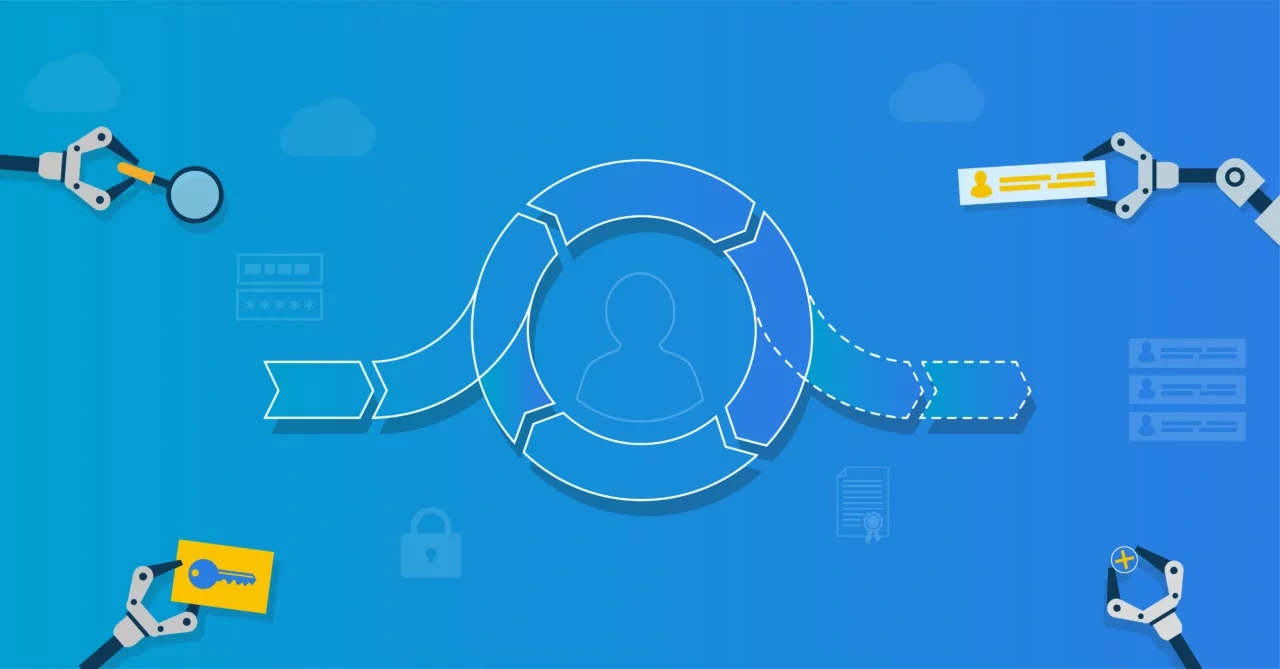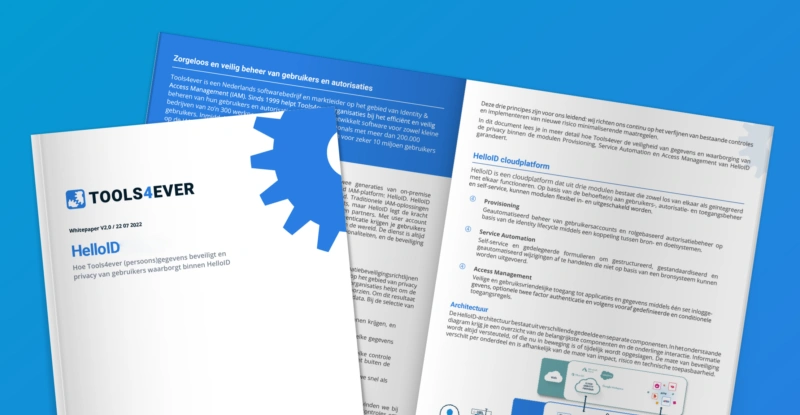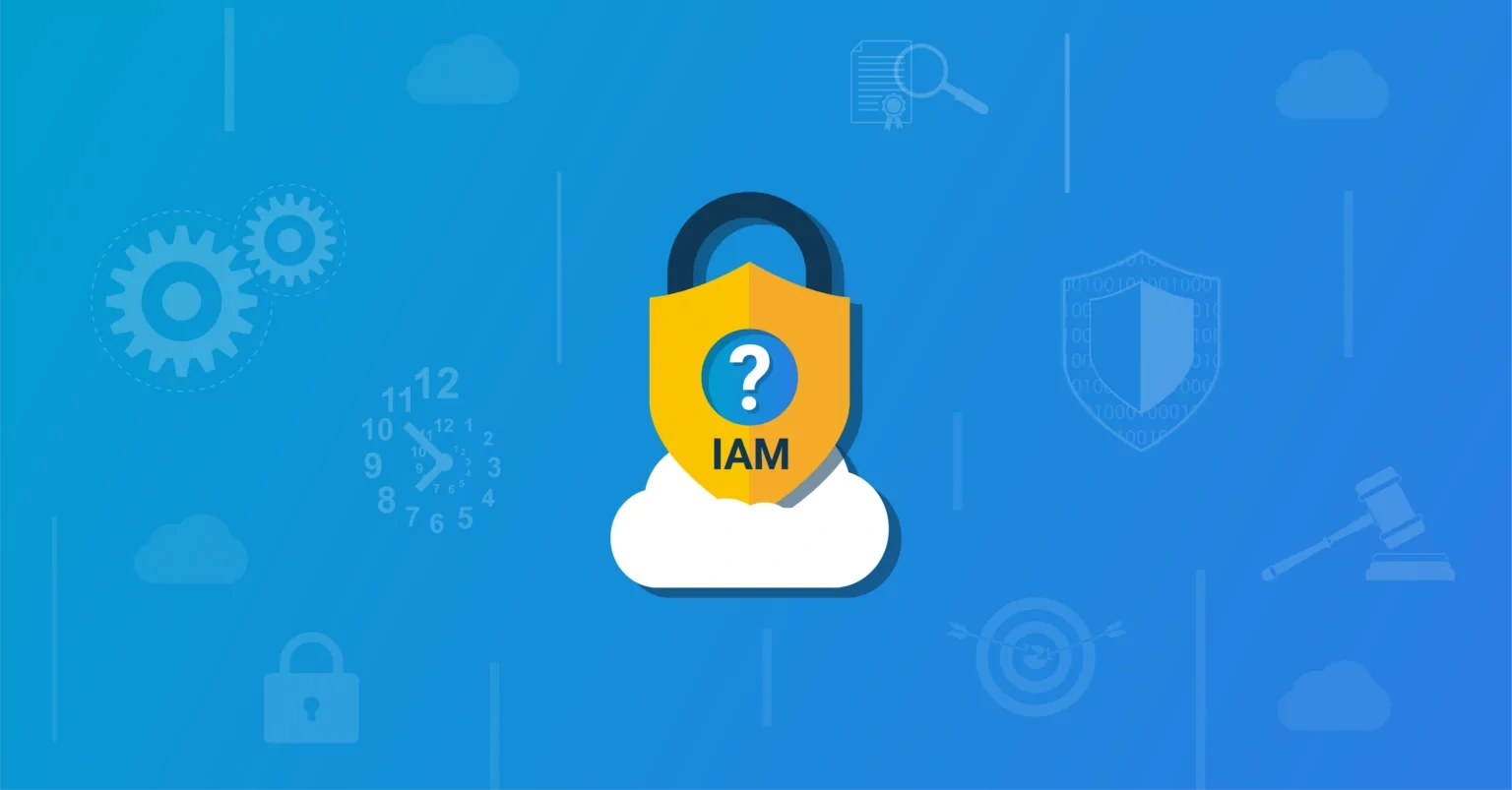What is Identity and Access Management (IAM) and why is it important for HR?
IAM manages user accounts and access rights to IT systems for all employees within an organisation. A new employee must be provided with an account and, depending on their role, access to certain applications and data folders. And when someone’s job function or role changes, their access rights will likely need to be adjusted. If the IAM platform automatically carries out these changes based on data from the HR system, this process is quick and error-free, and HR staff have less or nothing to worry about in this respect.
What is the impact of implementing IAM on daily HR tasks?
In essence, the tasks remain the same. However, some processes become simpler. When new employees are registered in the HR system or someone’s function/role is changed, the HelloID platform automatically creates the necessary accounts and access rights. So, manual requests from HR are no longer needed. Also, HelloID automatically creates an employee account in the HR system for new hires. Now that the HR system is the ‘single source of truth’ for account and rights management, it is crucial that personnel changes are always processed correctly and promptly in the HR system.
What is HR’s role in IAM preparation and implementation?
During the implementation of the HelloID IAM platform, the HR system will serve as the ‘single source of truth’ for automated account and rights management. This requires a link between the HR system and HelloID. HelloID has standard connectors to all common HR systems. Mapping HR system data to the HelloID format is done in the so-called Identity Vault. This mapping can be easily configured but must be aligned with HR as the owner/user of the HR system.
The automatic creation and modification of accounts and access rights are carried out within HelloID using a Role Based Access Control (RBAC) framework. Based on business rules, the access rights associated with each role in the organisation are defined. HR must be involved in the implementation of this RBAC framework; after all, HR knows and manages the functional structure of the organisation.
As a final result, the processes for onboarding, transitioning and offboarding are (largely) automated. The application for additional and/or temporary rights and other requests – such as name changes upon marriage – can also be automated. The exact points of intersection between manual processes and automated ones must be determined. HR, as the owner of the HR processes, must of course be involved.
What new responsibilities does HR acquire with the implementation of IAM?
Once HelloID is operational post-implementation, it is important for the HelloID functional management team and HR to continue to coordinate. Particularly, organisational changes – such as new rights, modified responsibilities and/or new roles – usually lead to adjustments in the RBAC model and the business rules. These adjustments must be coordinated before being implemented in HelloID.


